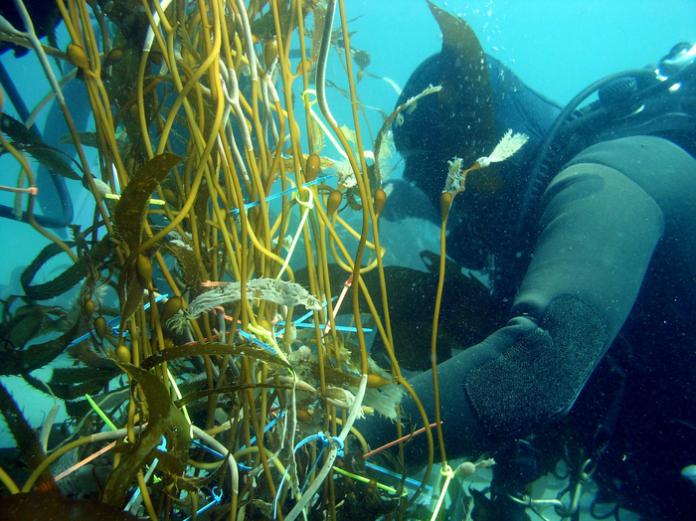This study, conducted across the last 20 years on the kelp forests of Santa Barbara, examined marine biodiversity via environmental DNA
Researchers at the Santa Barbara Coastal Long-Term Ecological Research (SBC LTER) site have been documenting the kelp forests off Santa Barbara for over 20 years. They have been counting the fish species and contextualising their environmental conditions.
What is beta diversity?
Beta diversity is useful for measuring the overall state of biodiversity between given areas over time, which in turn provides some indication of those areas’ ecological health.
A higher beta diversity number (more different species) could indicate robust systems that are able to support various, interconnected forms of life. A lower beta diversity number (fewer different species) might signal that conditions have become such that only certain organisms are able to survive, with effects that could reverberate into adjacent spaces.
UCSB coastal marine ecologist Robert Miller said: “There are a lot of different ways to measure it, but the way I think of it is that it’s the turnover of species as you go from one place to another.
“How many new species are in a place compared to the last place you went to? And so that obviously increases the farther you go.”
So, how do you measure beta diversity?
The answer is environmental DNA (eDNA).
Miller further said: “The eDNA was able to detect a lot more species than the diver counts, which is not particularly surprising because fish shed their DNA into the water, through their slime and breathing, etc.”
According to the team, eDNA succeeded in capturing the presence of leopard sharks and bat rays where visual surveys did not. It also, for the first time at the LTER, detected species such as California lizardfish and barred surfperch and the highly mobile great white shark.
“This study demonstrates that eDNA performs as well, or better than, visual diver surveys in capturing biodiversity in kelp beds,” said Francisco Chavez, a biological oceanographer at MBARI. “eDNA provides a means to scale observations in support of improved coastal management.”











